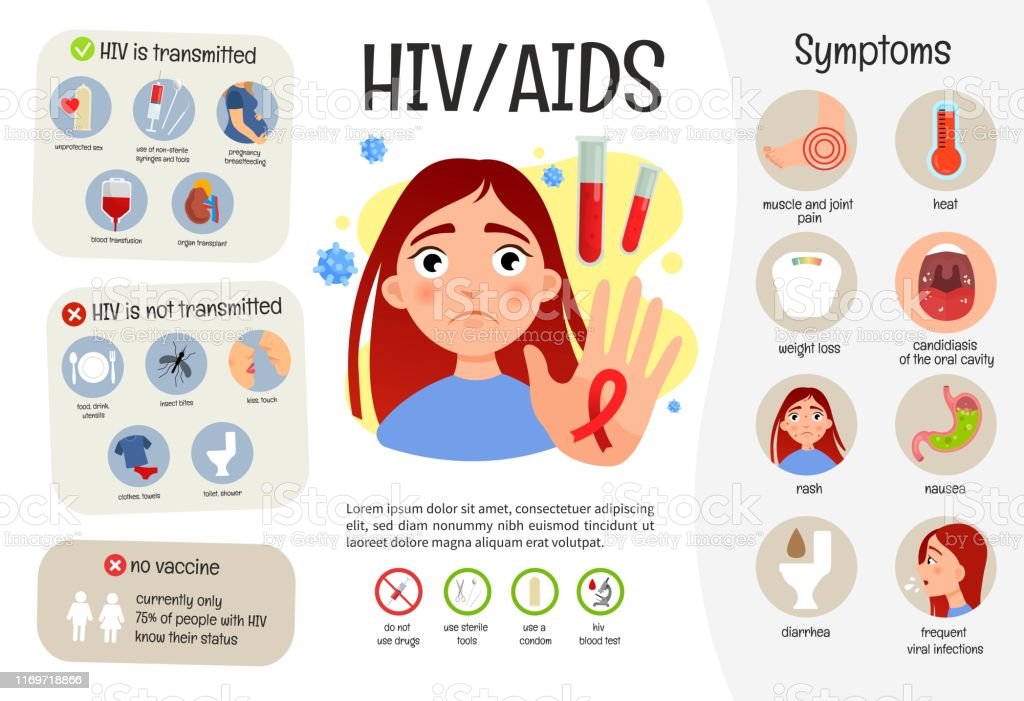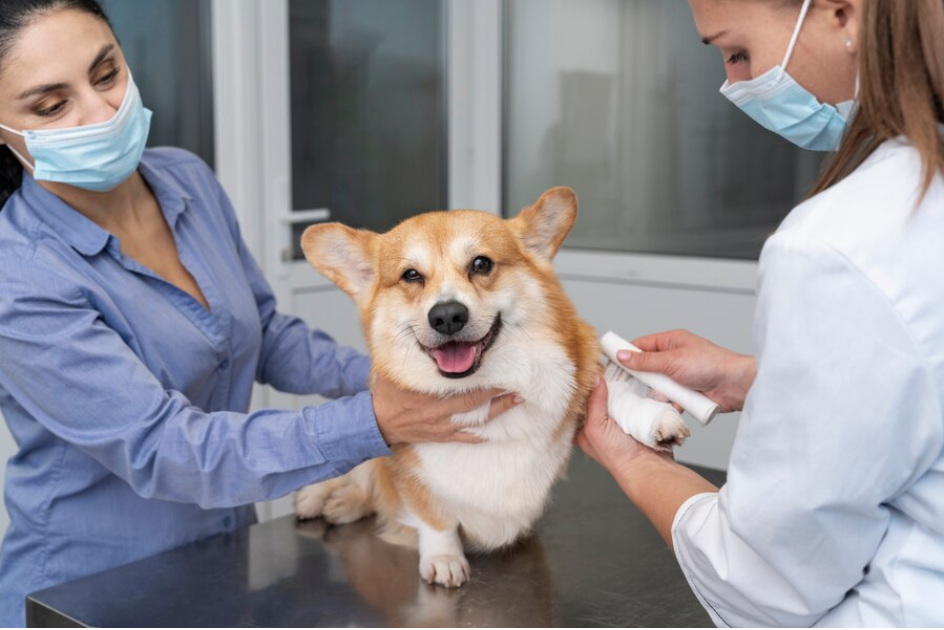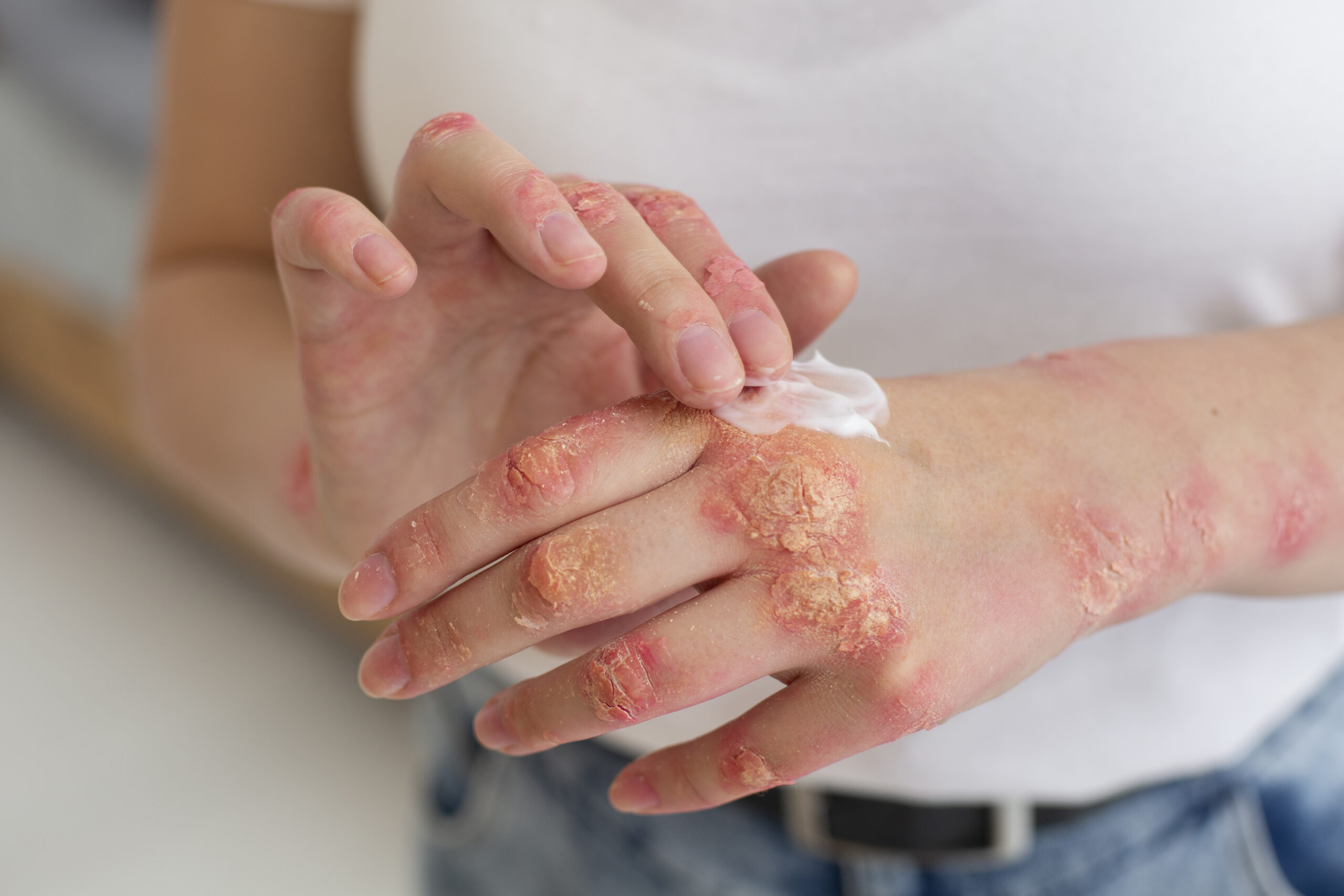HIV/AIDS
Overview: how to cure HIV\aids permanently?
Introduction:
HIV/AIDS is a complex and devastating medical condition that has garnered significant attention worldwide. HIV, or Human Immunodeficiency Virus, attacks the body’s immune system, making it difficult for the body to fight off infections and diseases. Left untreated, HIV can advance to Helps (AIDS), which is the high-level phase of the illness. While there is no cure for HIV/AIDS, there are various treatment options available that can help manage the condition and improve the quality of life for those infected. Prevention plays a crucial role in controlling the spread of the virus, and regular testing is essential for early detection. Understanding the modes of transmission is vital in safeguarding oneself from HIV/AIDS, and adopting safe practices is the key to reducing the risk of infection.
HIV\AIDS Meaning:
What is HIV\AIDS?
HIV/AIDS stands for Human Immunodeficiency Virus/Acquired Immunodeficiency Syndrome. HIV is a virus that attacks the body’s immune system, specifically targeting CD4 cells, which play a crucial role in fighting infections. If left untreated, HIV can lead to AIDS, which is the final stage of the infection. At this point, the immune system becomes severely damaged, leaving the body vulnerable to opportunistic infections and certain cancers. HIV is primarily transmitted through the exchange of certain bodily fluids, such as blood, semen, vaginal fluids, and breast milk. While there is no cure for HIV/AIDS, advancements in medical treatment have allowed individuals with the virus to lead relatively healthy lives with proper care and management. Prevention efforts, regular testing, and public awareness campaigns are essential in combating the spread of HIV/AIDS.

Common Symptoms of HIV\aids:
Common symptoms of HIV can include:
1. Fever
2. Fatigue
3. Sore throat
4. Swollen lymph nodes
5. Skin rashes
6. Muscle and joint pain
7. Night sweats
8. Diarrhea
9. Rapid weight loss
10. Recurrent infections
11. Oral thrush (white patches in the mouth)
12. Persistent cough
It’s important to remember that these symptoms can vary widely among individuals, and some people with HIV may not experience any symptoms at all, especially in the early stages. If you suspect you may have been exposed to HIV or are experiencing any of these symptoms, it’s crucial to get tested as early detection and treatment can significantly improve health outcomes.

HIV\AIDS Test:
HIV/AIDS testing is crucial for early detection and control of the virus. Common tests include:
- Antibody tests
- Rapid tests
- Nucleic acid tests
Results may be negative during the window period, so retesting is important after potential exposure. Testing is confidential, available at various healthcare facilities, and can be done at home with home testing kits. Early detection enables access to treatment and prevention measures to safeguard public health.
Causes of HIV\AIDS:
How HIV\aids is caused?
Causes of HIV/AIDS:
The Human Immunodeficiency Virus (HIV) is the cause of HIV/AIDS. It is primarily transmitted through:
1. Unprotected sex with a contaminated individual.
2. Sharing of contaminated needles or syringes among intravenous drug users.
3. From an HIV-positive mother to her child during childbirth or breastfeeding.
Do viruses or bacteria cause aids?
AIDS (Acquired Immunodeficiency Syndrome) is caused by the Human Immunodeficiency Virus (HIV), which is a virus, not bacteria.
Stages of HIV\AIDS:
1. Acute HIV Infection: This is the initial stage when the virus enters the body. Symptoms may be mild or flu-like, and the virus replicates rapidly.
2. Asymptomatic HIV: During this stage, the virus continues to multiply, but symptoms may not be apparent. However, the immune system is gradually affected.
3. Symptomatic HIV: As the immune system weakens, symptoms such as fever, fatigue, and swollen lymph nodes may occur.
4. AIDS (Acquired Immunodeficiency Syndrome): At this advanced stage, the immune system is severely damaged, and opportunistic infections and cancers become more frequent.
Treatment and medical care can slow the progression of HIV through these stages and improve the patient’s quality of life. Early diagnosis and appropriate treatment are crucial for managing the disease effectively.

Treatment & Prevention:
HIV\AIDS Treatment.
HIV/AIDS treatment typically involves a combination of antiretroviral therapy (ART) medications that help suppress the replication of the human immunodeficiency virus (HIV). These medications are crucial in managing the infection and preventing the progression of HIV to AIDS. The treatment aims to lower the viral load in the body, boost the immune system, and improve the overall health and quality of life of individuals living with HIV/AIDS. Early diagnosis and consistent adherence to the prescribed medication regimen are essential for successful long-term management of the condition.
HIV\AIDS Prevention:
How can HIV stress be prevented?
To prevent HIV stress:
1. Practice Safe Sex: Use condoms consistently and correctly during sexual activity to reduce the risk of HIV transmission.
2. Get Tested: Regularly undergo HIV testing to know your status and take appropriate measures if positive.
3. Limit Sexual Partners: Reducing the number of sexual partners can lower the risk of exposure to HIV.
4. Avoid Sharing Needles: Never share needles or syringes for drug use or medical purposes to prevent HIV transmission through blood contact.
5. Pre-Exposure Prophylaxis (PrEP): If at high risk for HIV, consider taking PrEP medication as prescribed by a healthcare professional.
6. Post-Exposure Prophylaxis (PEP): If exposed to HIV, seek medical attention immediately and inquire about PEP medication to potentially prevent infection.
7. Educate Yourself: Stay informed about HIV transmission, prevention, and treatment to make informed decisions.
8. Support and Counseling: Seek emotional support and counseling to cope with the stress related to HIV and its implications.
9. Address Stigma: Promote understanding and empathy to reduce the stigma surrounding HIV, which can exacerbate stress.
10. Lead a Healthy Lifestyle: Maintain overall health by exercising regularly, eating a balanced diet, and managing stress through relaxation techniques.
How HIV\aids transmission?
HIV/AIDS transmission occurs by exchanging certain body fluids containing the human immunodeficiency virus (HIV). These liquids incorporate blood, semen, vaginal liquids, rectal liquids, and bosom milk. Common modes of transmission include unprotected sexual intercourse, sharing of contaminated needles or syringes, and from an HIV-positive mother to her child during childbirth or breastfeeding.
How do I protect myself from HIV AIDS?
To protect yourself from HIV/AIDS:
1. Practice safe sex: Use condoms consistently and correctly during vaginal, anal, and oral sex to reduce the risk of transmission.
2. Get tested regularly: Know your HIV status and encourage your partner to do the same. Early location can prompt better administration and counteraction.
3. Limit the number of sexual partners: Reducing the number of sexual partners can lower the chances of exposure to HIV.
4. Avoid sharing needles: If you use drugs, avoid sharing needles or any equipment that could be contaminated.
5. Pre-exposure prophylaxis (PrEP): Consider PrEP if you’re at high risk of contracting HIV. PrEP is a daily medication that can significantly reduce the risk of infection.
6. Post-exposure prophylaxis (PEP): If you believe you may have been exposed to HIV, seek medical attention immediately. PEP can help prevent infection if taken within 72 hours of exposure.
7. Educate yourself and others: Stay informed about HIV/AIDS, its transmission, and prevention methods. Educate others to reduce the stigma and promote awareness.
8. Support HIV-positive individuals: Show empathy and understanding towards those living with HIV/AIDS, and encourage them to access treatment and care.
Remember, prevention is key, and being informed and proactive about protecting yourself is crucial in reducing the risk of HIV/AIDS.
FAQs:
- Difference between HIV and aids?
- What is usually the first sign of HIV?
- Is HIV curable?
Difference between HIV and aids?
HIV (Human Immunodeficiency Infection) and Helps (AIDS) are connected yet particular circumstances:
HIV:
– HIV is a virus that attacks the body’s immune system, specifically the CD4 cells (T cells), which are vital for fighting infections.
– It is primarily transmitted through unprotected sexual intercourse, sharing contaminated needles, or from an infected mother to her child during childbirth or breastfeeding.
– After contracting HIV, individuals may experience flu-like symptoms during the early stage, but the virus can remain asymptomatic for years.
– HIV can be controlled and managed with antiretroviral therapy (ART), which helps reduce the virus’s replication and maintains the immune system’s functionality.
AIDS:
– AIDS is the final stage of HIV infection, characterized by severe damage to the immune system, making the body vulnerable to opportunistic infections and certain cancers.
– The diagnosis of AIDS is made when a person’s CD4 cell count drops below a specific threshold or when certain AIDS-defining illnesses are present.
– Without appropriate medical care and treatment, AIDS can lead to life-threatening complications.
NOTE: HIV is the virus that causes AIDS. HIV weakens the immune system over time, and if left untreated, it can progress to AIDS, which is the advanced stage of the disease with severe immune system impairment. However, with early diagnosis and effective treatment, the progression from HIV to AIDS can often be prevented, allowing individuals to live longer and healthier lives.
What is usually the first sign of HIV?
The first sign of HIV infection is often flu-like symptoms, including fever, fatigue, sore throat, swollen lymph nodes, and body aches. However, it’s important to note that not everyone experiences these symptoms, and they can be similar to other common illnesses. The only way to confirm HIV infection is through a specific HIV test. If you suspect you may have been exposed to HIV or are at risk, it’s essential to get tested for early detection and appropriate medical care.
Is HIV curable?
No, HIV is not currently curable. It’s important to continue supporting research efforts and education to improve treatment options and work toward finding a cure in the future. Always consult up-to-date medical sources for the latest information on HIV research and treatment options.
Conclusion:
HIV/AIDS is a complex and devastating medical condition that has gained worldwide attention. The virus attacks the immune system, leading to difficulties in fighting off infections and diseases. Although there is no cure, various treatments can manage the condition and enhance the quality of life for those affected. Prevention is essential in controlling its spread, and regular testing aids in early detection. Understanding transmission modes and adopting safe practices are crucial in safeguarding against HIV/AIDS.
If you get more knowledge about HIV/AIDS: https://www.sky-world.net/2023/03/why-is-there-no-cure-for-hiv-yet-why-is.html
If you get more knowledge about the Malaria vaccine: https://purehealthcare.net/index.php/2023/07/14/malaria-vaccine/









